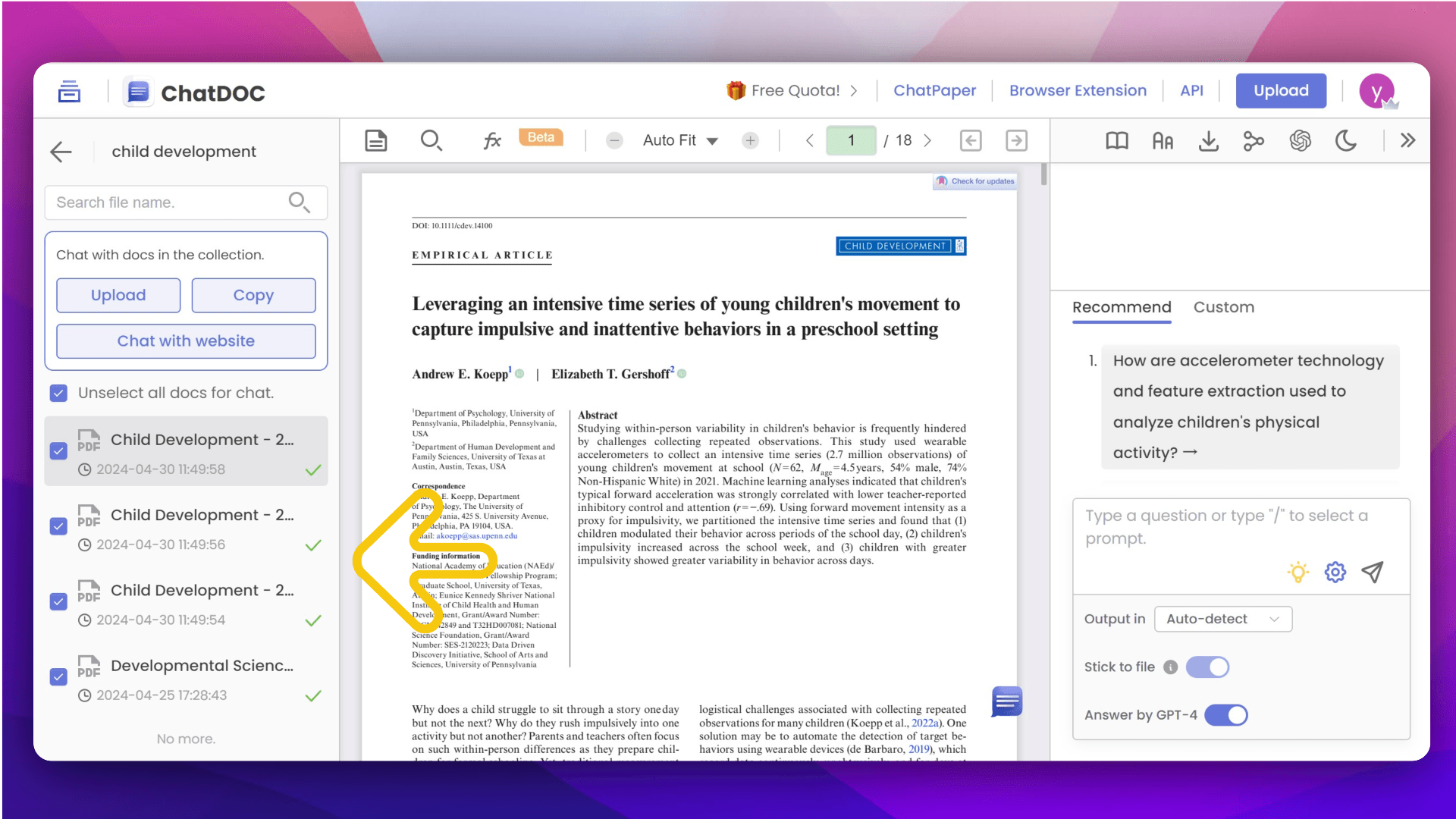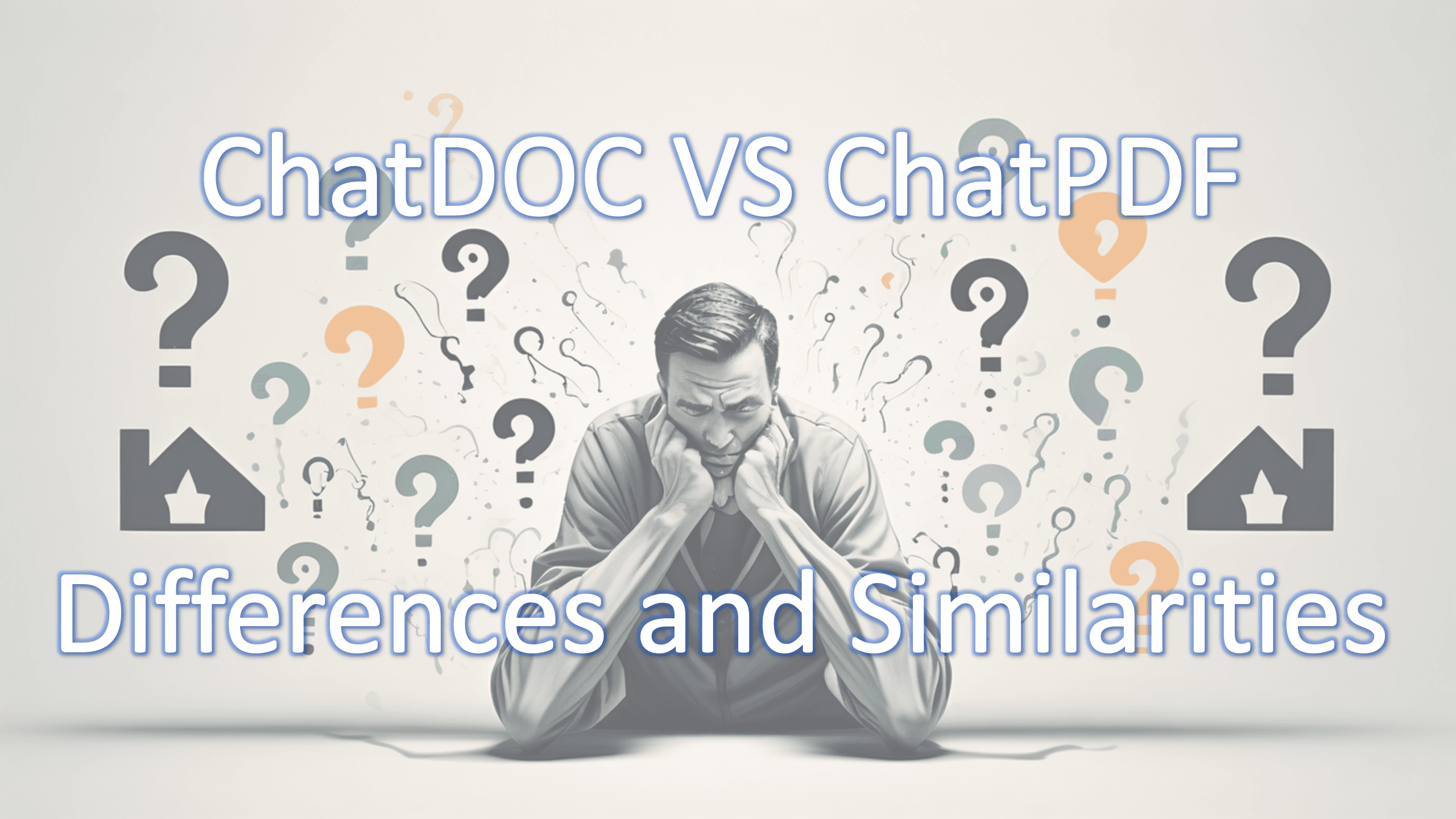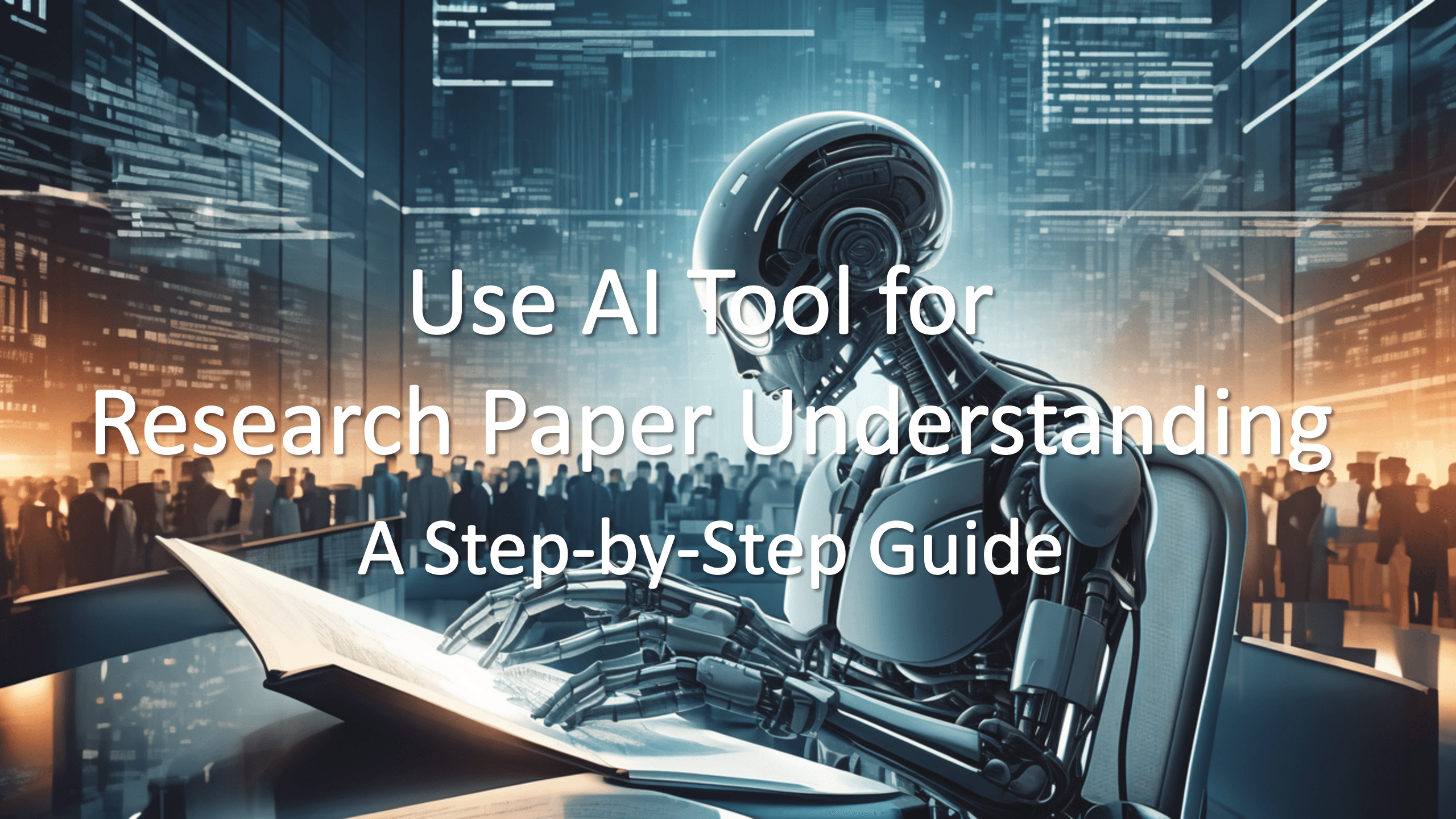How to Organize a Literature Review
Literature review is essential for research papers, and writing a substantial literature review requires patience to delve into a myriad of contexts. However, with the development of PDF AI tools, we can expedite the process and enhance the quality effortlessly. In this blog, I will introduce the best PDFChat app to you, named Chatdoc (chatdoc.com).
Step-by-Step Guide on how to Organize a Literature Review
Organizing a literature review involves structuring the content in a logical and coherent manner to effectively convey the insights and findings from the literature. Here's a step-by-step guide on how to organize a literature review:
1. Purpose Clarity: Clearly define the review's objectives and scope.
2. Thorough Research: Gather literature from reliable sources using systematic search methods.
3. Identify Themes: Group literature into common themes or topics.
4. Outline Creation: Develop a structured outline with main sections and subtopics.
5. Introduction Writing: Begin with an introduction outlining the review's purpose and organization.
6. Summarize Sources: Provide concise summaries of each source's key findings and contributions.
7. Organize by Theme or Time: Arrange sources either thematically or chronologically.
8.Evaluate Sources: Critically assess the reliability, validity, and relevance of each source.
9. Synthesize and Discuss: Discuss common patterns, trends, and implications of the literature.
10. Conclude and Revise: Summarize key findings, suggest future research directions, and revise for clarity and coherence.
The Best Way to Organize a Literature Review
However, writing the literature review entirely based on thorough reading and your own thinking can be time-consuming, but using ChatPDF AI tools can help you solve the problem. With ChatDOC (an intelligent PDF AI tool), users can quickly upload multiple documents related to their topic and receive comprehensive insight without extensive manual reading. This accelerated process enhances productivity and allows researchers to chat with PDFs and focus on deeper analysis and synthesis of findings.
Step 1: Create a new collection and upload relevant files.

Step 2: Select documents for review.

Step 3: Use the abstract button to grasp the main idea of each passage.

Step 4: Ask various questions in the input area for instant answers based on passage analysis. Sample questions include:
- "Please summarize the main points and findings of the literature."
- "What research methods were used to investigate this topic?"
- "Can you provide key data or statistical results from the literature?"
- "Which studies propose new theories or perspectives?"
- "Please explain important terms or concepts mentioned in the literature."
- "Are there any controversies or inconsistencies in the literature?"
- "Can you provide citations from the literature to support a particular viewpoint or conclusion?"
By leveraging ChatDOC's AI capabilities, researchers can efficiently organize and synthesize literature, accelerating the literature review process and enabling deeper analysis. Visit chatdoc.com to chat with PDF and learn more about how ChatDOCcan revolutionize your literature review process.

Related Articles
ChatDOC VS ChatPDF: Differences and Similarities
How to choose between ChatDOC and ChatPDF? The blog provides a detailed comparison of their features, user experience, and pricing, helping readers to understand and choose the tool that best suits their needs.


Unlocking the Secrets of PDF Tables with ChatDOC: Enhancing Reading Efficiency and Comprehension
Discover how ChatDoc simplifies the interpretation of PDF tables


Use AI Tool for Research Paper Understanding: A Step-by-Step Guide
Still bothered by reading research paper? Discover how ChatDOC solve the problem.

